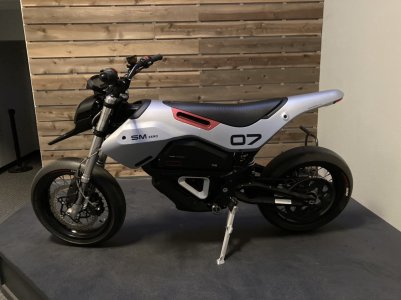- Joined
- Nov 14, 2016
- Messages
- 3,006
One of the operators in a heavy oil field needed some steam for their enhanced oil recovery process. The price was kind of high, even for "low quality" steam. "Low quality" means low superheat temperature, and this steam is useless for power generation. It does, however, contain a lot of energy. So, this operator started generating higher quality steam, and ran it through a power plant to generate electricity. The waste heat (lost energy) of such a cycle was low quality steam, which is just what they needed for their oilfield operation. It turned out that the power they generated from the energy released in the transition from high to low quality steam more than paid for the operation, so that's where the greater than 100% number comes from.
Reducing consumption through waste products or local production is often overlooked. I was reading about the use of Sterling engines in Scandinavia. Sterling engines operate off of heat differentials, so in a cold climate the warmth inside a building vs the cold outside can create electricity. Not a stand alone power system, but it creates power and helps to offset the power needed for heating, essentially creating free energy.. Sweden has included Sterling engines on their Gottland class submarines. All the heat generated inside the submarine from the machinery and crew (body heat) inside the sub and the sea water outside powers the Sterling engine which is used to charge the batteries.
There are many sources of waste energy that could be tapped, and every little addition is a little less that needs to come from the grid. This is actually one of my concerns with so many only looking for one solution. The best option will be a variety of power options and creative uses for them. Having every home off the grid with solar or wind is not likely, but if every home generated 500w or 1000w through some means, that is a tremendous amount of power when added up. Power sources could include solar, wind, water, heat exchange (fireplace), exercise machines tied to generate power* etc. Of course some more practical than others.
* I used to work with a girl whose dad was kind of a mad tinkerer and very frugal. He hooked up a generator to an exercise bike. If the kids wanted to watch TV they had to pedal creating the electricity for the TV.




